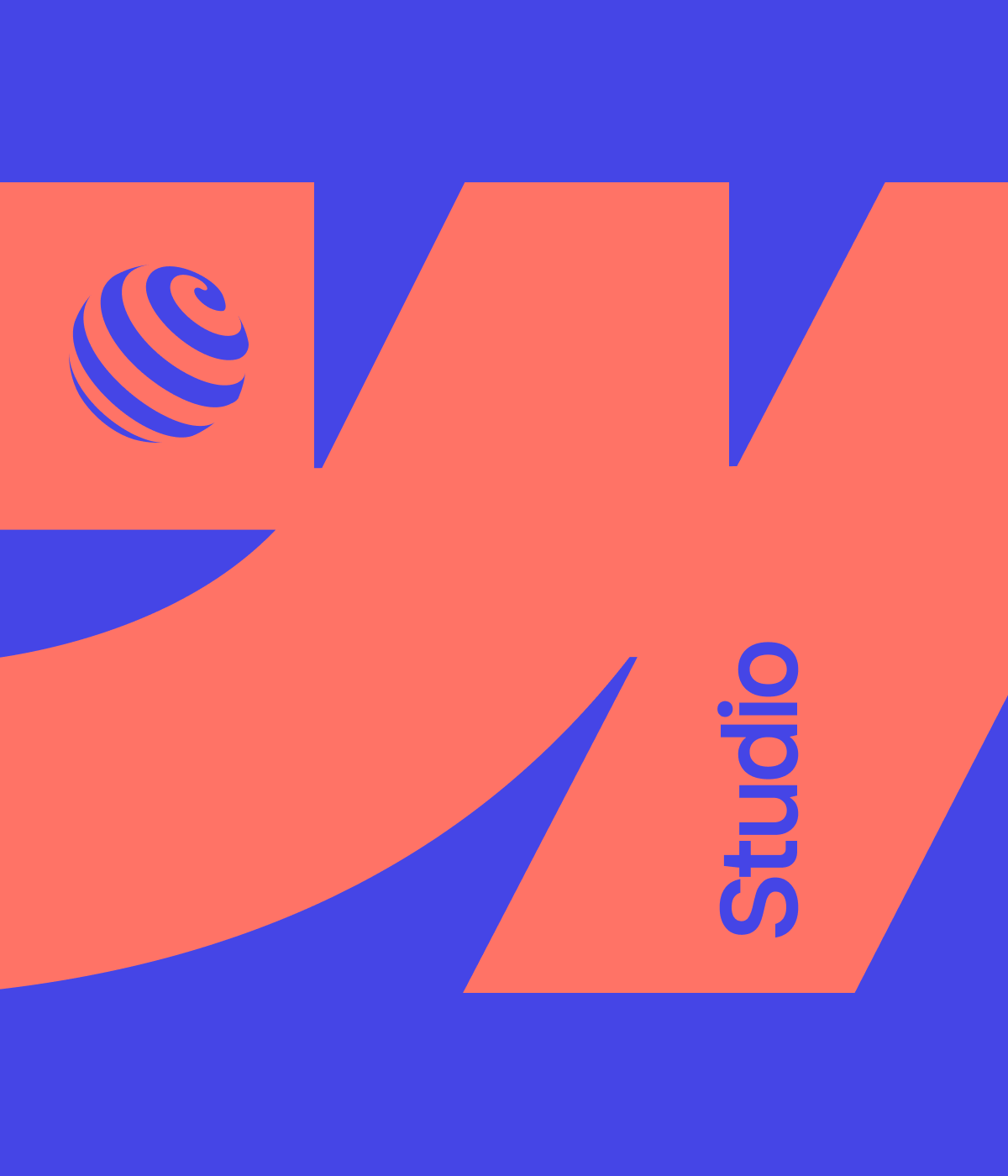Ancient Math-Based Symbology in Brand Design
Have you ever wondered why some designs feel right, evoking a sense of balance and harmony? Let's dive into the fascinating world of ancient symbols and their powerful impact on modern brand design.

Have you ever wondered why some designs just feel right, evoking a sense of balance and harmony? Today, we’re diving into the fascinating world of ancient symbols and their powerful impact on modern brand design.

The Scientific Foundations of Using Ancient Math-Based Symbology in Brand Design
Ancient math-based symbology, such as the Flower of Life and the golden ratio, provides a blueprint for geometric precision and harmony that has transcended cultures and epochs. At Halobrand, we master these principles to create brand identities that resonate deeply and effectively. In this post, we’ll explore the science behind these ancient symbols, their historical significance, modern applications in brand design, and how Halobrand leverages these principles to deliver measurable business results.
Historical Background
Ancient cultures like the Egyptians, Chinese, and Indians used math-based symbology extensively. This tradition also appears in religious contexts, with geometric patterns in Islamic, Christian, and Hindu art and architecture symbolizing the infinite nature of creation and interconnectedness. Leonardo da Vinci studied these patterns, revealing their inherent beauty and mathematical precision. His work on geometric principles like the Vesica Piscis and the golden ratio laid the groundwork for understanding how these patterns create harmony and balance.
Understanding Basic Geometric Shapes in Brand Design
Before we dive into advanced geometric patterns, let’s start with the basics. Basic shapes like squares, triangles, and circles form the foundation of more complex designs and have powerful psychological impacts.

Squares: Safety and Stability
Squares evoke safety and stability, often symbolizing home and fortress. Their balanced structure and equal sides suggest reliability and security, making them ideal for brands that want to convey trustworthiness and dependability. For instance, a logo featuring a square communicates strength and foundation, akin to a well-built home.
Triangles: Strength and Direction
Triangles symbolize robustness, hierarchy, and direction. The stability of their structure is mirrored in nature, from the pyramids to molecular structures. Triangles can direct the eye and imply movement or progression, making them powerful tools in dynamic brand design. A logo with a triangle pointing upwards naturally suggests growth and advancement.
Circles: Unity and Life
Circles represent unity, life, and inclusivity. As symbols of the sun, pregnancy, and eternity, circles evoke feelings of wholeness and protection. Their continuous, unbroken form makes them ideal for brands that aim to be seen as nurturing and comprehensive. A logo with a circle encompassing other elements immediately conveys a sense of community and protection.
These examples show how basic geometric shapes can evoke specific emotions and messages. Understanding how these shapes resonate with us, encoded through generations, allows us to create designs that instantly connect with the subconscious mind. This deep-rooted connection ensures that our designs communicate effectively without barriers, tapping into the universal language of shapes and patterns.
Scientific Principles of Ancient Math-Based Symbology
Now, let’s explore how more complex geometric principles further enhance brand design.

Geometric Perfection: Symmetry and Proportionality in Brand Design
Symbols like the Flower of Life and the golden ratio consist of precise geometric patterns. These designs appeal to the brain’s preference for symmetry and balance, often linked to beauty and harmony. Studies in neuroaesthetics show that symmetrical patterns are easier to process and are perceived as more attractive due to evolutionary preferences for health and genetic fitness indicators.
Symmetry not only pleases the eye but also facilitates cognitive efficiency. Symmetrical patterns follow predictable rules, making them quicker for the brain to process. This ease can result in a more positive emotional response, making symmetrical designs particularly effective in branding and visual communication. Think of the iconic logos of Apple or Mercedes-Benz; their simplicity and symmetry are deliberate choices grounded in these timeless principles.
Golden Ratio: Mathematical Foundations and Aesthetic Appeal
The golden ratio, approximately 1.618, enhances visual appeal through its natural occurrence in various forms. Closely related to the Fibonacci sequence, this ratio creates harmony and balance in design. Found in the human body’s proportions, leaf arrangements, and tree branching, the golden ratio is a universal beauty principle.

This ratio’s prevalence in nature suggests a deep-rooted human preference for its proportion. Applied to design, it generates an inherent sense of harmony, explaining its use in classical art and architecture, from the Parthenon to the Mona Lisa. Renowned designer Le Corbusier developed his own system, the Modulor, based on the golden ratio, which he used to bring human scale and comfort to his architectural projects.
Fractal Geometry: Patterns and Natural Recurrence
Fractal geometry involves self-similar patterns at different scales, exemplified by symbols like the Flower of Life. These patterns are prevalent in nature, seen in snowflakes, coastlines, and leaves, evoking order and aesthetic pleasure through their recursive complexity. Benoit Mandelbrot’s work on fractals has provided a framework for understanding the beauty and efficiency of natural forms.

Fractals are visually intriguing and functionally efficient. In nature, fractal patterns optimize resource distribution, such as blood flow or nutrient absorption. This efficiency translates into design, creating complex yet cohesive patterns that attract attention and convey depth and sophistication. Imagine the mesmerizing patterns of a nautilus shell or the branching of trees—these are natural fractals that captivate and inspire.
Modern Scientific Insights: Vilayanur Ramachandran’s Laws of Aesthetics

Neuroscientist Vilayanur S. Ramachandran proposed the “Ten Universal Laws of Aesthetics,” explaining why certain visual patterns and forms are universally appealing. These principles include grouping, contrast, symmetry, and the peak shift effect, which suggests that exaggerated versions of a stimulus are often more attractive. Ramachandran’s research highlights the brain’s preference for patterns indicating health, fertility, and vitality, often found in symmetrical and balanced designs.
Pattern Recognition and Cognitive Ease
The brain’s ability to recognize and process patterns efficiently is crucial for survival. Symmetrical and geometric patterns cause less cognitive load and greater processing fluency, leading to a more positive perception. Brands using ancient math-based symbology tap into this cognitive efficiency, making them more memorable and easily recognizable in a crowded market.
Our Brand Identity Design Approach at Halobrand
At Halobrand, we integrate ancient mathematical symbology into our design process to craft brand identities that resonate deeply with audiences. Our approach utilizes a diverse range of geometric patterns, including the Vesica Piscis, fractal geometry, and the Fibonacci sequence, ensuring that each design element reflects these enduring principles.

In-Depth Research and Understanding
Our process begins with a thorough exploration of the client’s brand values, mission, and target audience through comprehensive workshops and interviews. These insights allow us to uncover the brand’s core essence. We then apply ancient geometric principles to crystallize and enhance what is inherently present in the brand. By tailoring these math-based methods to the unique situation of each brand, we ensure our designs significantly boost the effectiveness of visual communication and overall brand impact.
Delivering Measurable Business Results
At Halobrand, our unique approach goes beyond aesthetics; it delivers tangible business outcomes. Here’s how we ensure your brand’s success:
Increased Brand Recognition
Our designs, grounded in ancient symbology, are instantly recognizable, making your brand stand out in a crowded marketplace. This leads to higher brand recall and customer engagement.
Enhanced Market Positioning
By leveraging the psychological and aesthetic appeal of math-based symbology, we position your brand as a leader in innovation and quality. This differentiation helps attract and retain customers, driving market share growth.
Stronger Customer Loyalty
The emotional connections fostered by our designs lead to deeper customer loyalty. Satisfied customers are more likely to become brand advocates, promoting your brand through word-of-mouth and increasing customer lifetime value.
Improved ROI on Branding Efforts
Investing in scientifically-backed design principles ensures that your branding efforts yield higher returns. The increased recognition, loyalty, and market positioning translate into improved financial performance and business growth.
Conclusion
Integrating ancient symbology in brand design offers numerous benefits, from enhancing visual appeal to creating emotional connections. Halobrand’s commitment to leveraging these principles ensures our designs are not just beautiful but impactful, helping your brand stand out in a competitive market.
The future of branding lies in the fusion of art and science. Understanding the scientific foundations behind design principles enriches the creative process and ensures that the resulting brand identities are both aesthetically pleasing and deeply resonant. At Halobrand, we combine deep knowledge, rare talent, and a proven methodology to deliver branding solutions that propel your success.
Working Together for Success
At Halobrand, we believe in a collaborative approach. We dive deep into your business, partnering closely with your team to uncover insights that shape your brand’s journey. Our comprehensive method helps you navigate and overcome common branding challenges, driving your brand towards long-term success.






